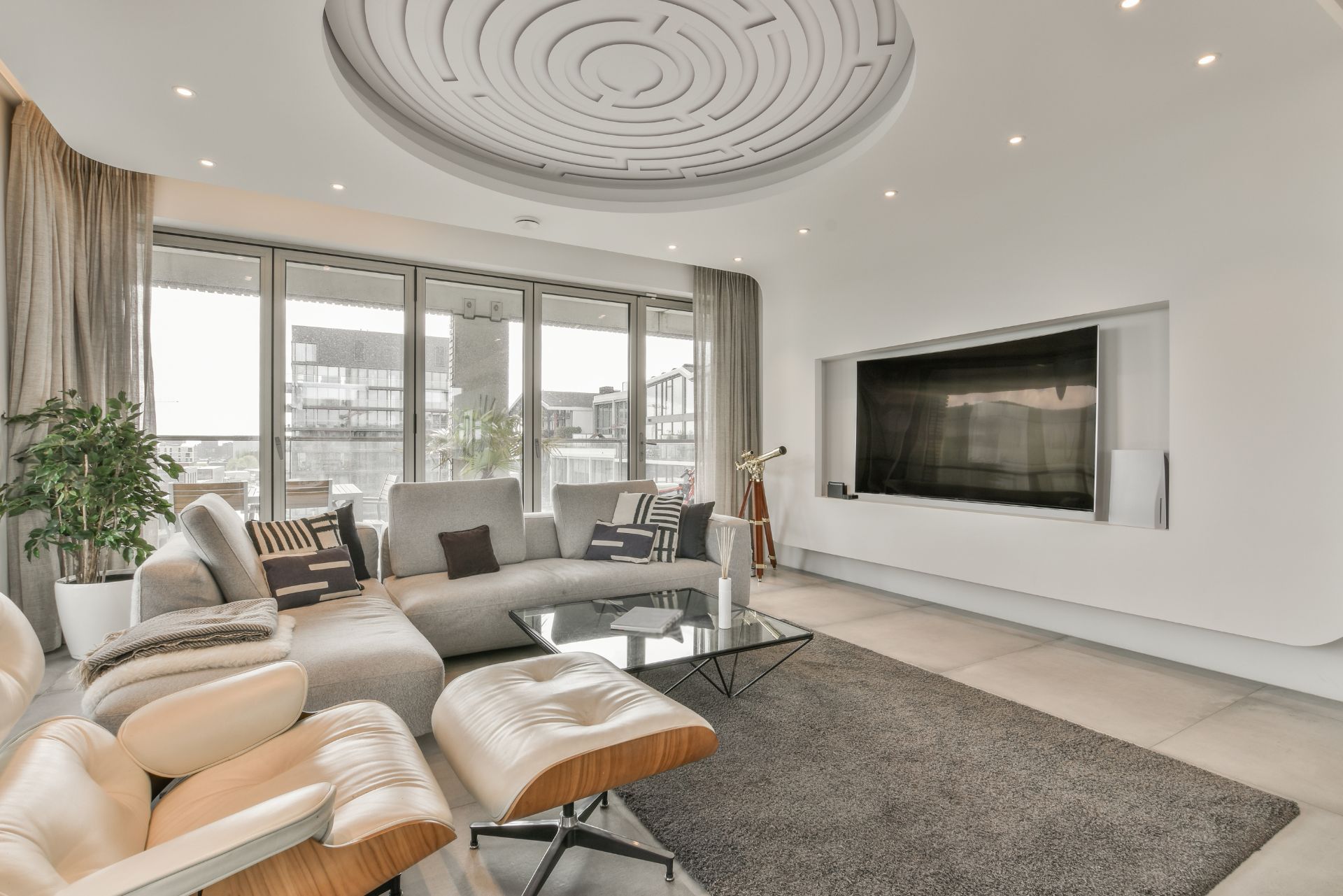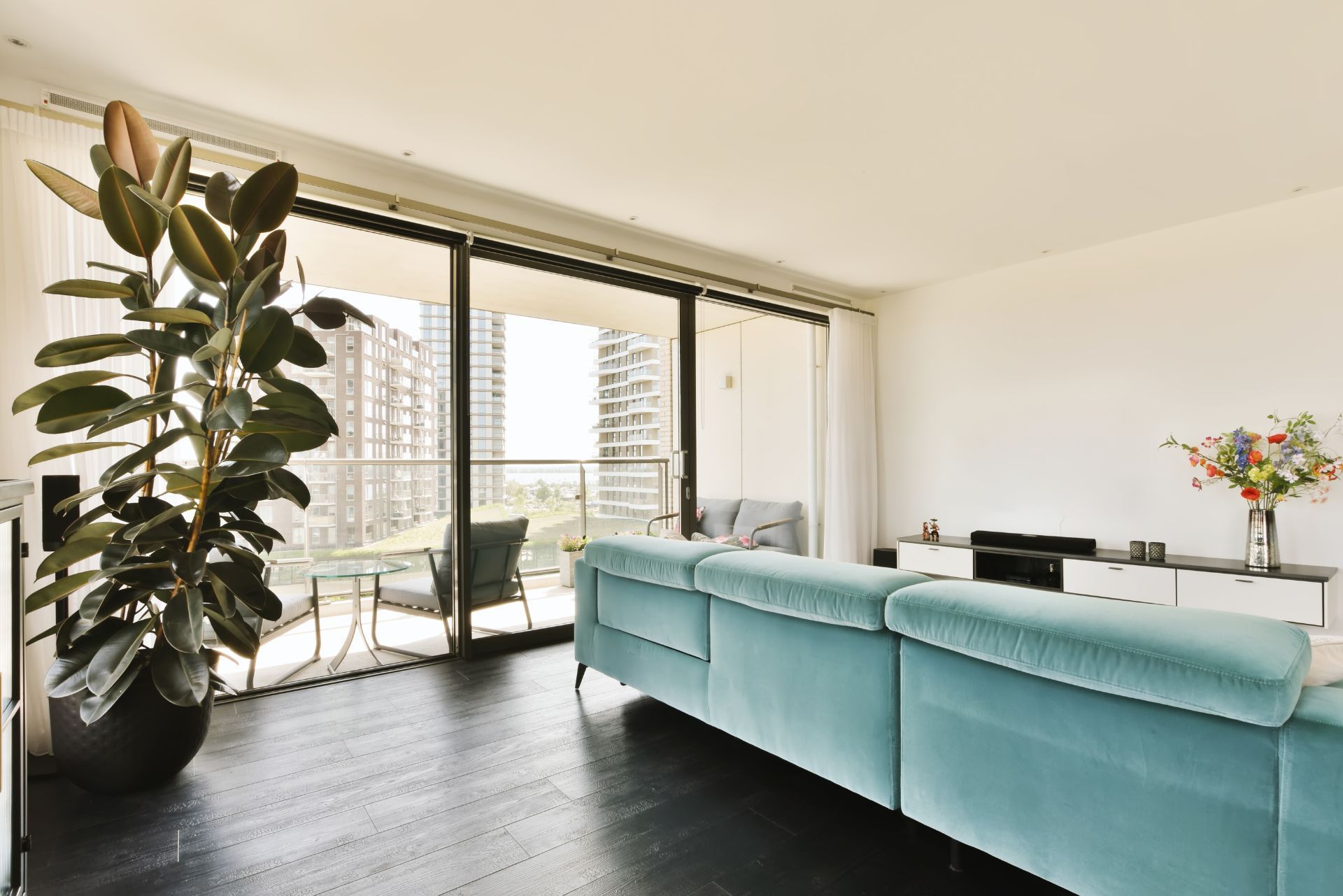Common Business Insurance Policies
By: Matt Larsen
Owner of Capstone Insurance Group & Restaurant Insurance Advisor
763-242-1668
Index
Contact Us
For Minnesota condo owners and renters, understanding the nuances of condo rental insurance is becoming increasingly important. With insurance premiums on the rise and coverage complexities evolving, staying informed can help protect your investment and financial wellbeing. This comprehensive guide explores the current landscape of condo rental insurance in Minnesota, key challenges faced by homeowners and renters, and practical advice to navigate these changes effectively.
Recent data reveals that Minnesota home insurance premiums are projected to increase by 15% in 2025, pushing the average monthly premium from $294 in 2024 to $338. This trend reflects broader challenges in the insurance market that directly impact condo communities and rental properties across the state. For more detailed insight into these premium hikes, the
Insurify report offers a clear breakdown of the anticipated changes.
Understanding Condo Rental Insurance in Minnesota
Condo rental insurance, often referred to as landlord insurance or dwelling fire insurance, is designed to protect condo owners who rent out their units. Unlike standard homeowner’s insurance, which covers personal residences, condo rental insurance focuses on the risks associated with leasing property to tenants.
This type of insurance typically covers the physical structure of the unit, liability protection in case of tenant injuries, and loss of rental income due to covered damages. However, coverage specifics can vary widely depending on the insurer and the condo association’s master policy.
It’s important for condo owners to understand the interplay between their individual rental insurance and the condo association’s insurance. While the association’s master policy generally covers common areas and the building’s exterior, individual owners are responsible for insuring their unit’s interior and personal property, as well as liability related to tenants.
Why Condo Rental Insurance is Essential
Renting out a condo without proper insurance exposes owners to significant financial risks. Damage caused by tenants, liability claims, or loss of rental income due to unforeseen events can quickly become costly. Condo rental insurance helps mitigate these risks, providing peace of mind and financial protection.
Given the rising insurance costs in Minnesota, securing adequate coverage at a reasonable price is a growing concern. Owners must balance comprehensive protection with affordability, especially as insurance companies tighten underwriting standards and increase premiums.
Additionally, condo rental insurance can also cover personal property within the unit, such as appliances, furniture, and other belongings that may be damaged or stolen. This is particularly important for owners who furnish their rentals, as the costs of replacing these items can add up quickly. Furthermore, many policies offer optional add-ons, such as coverage for loss of rental income due to a covered peril, which can be invaluable if a unit becomes uninhabitable due to fire or water damage. Understanding these nuances can help owners tailor their insurance policies to better fit their specific needs and protect their investments.
Moreover, the legal landscape surrounding rental properties in Minnesota is continually evolving, with new regulations and requirements that can impact condo owners. For instance, local laws may dictate certain safety standards or tenant rights that owners must adhere to, and failure to comply can result in legal repercussions. Therefore, having a solid understanding of both insurance coverage and local rental laws is crucial for condo owners to navigate the complexities of property management effectively. This knowledge not only safeguards their financial interests but also fosters a positive relationship with tenants, ensuring a smoother rental experience overall.

The Rising Cost of Insurance and Its Impact on Condo Owners
Insurance premiums for Minnesota homeowners and condo owners have been on a steep upward trajectory. Since 1998, the average homeowner’s insurance premium in Minnesota has surged from $368 to over $1,600—a staggering 450% increase. This escalation directly affects condo owners who must also contend with rising costs for their rental insurance policies.
Some Minnesota condominium and townhouse communities have faced property insurance rate increases of up to 400%, placing enormous financial pressure on homeowners and rental property investors alike. According to The Minnesota Star Tribune, these hikes are forcing many condo associations to reassess budgets and pass on costs to unit owners.
HOA leaders have reported significant difficulties in obtaining insurance or facing coverage reductions alongside soaring premiums. Lynn Boergerhoff, founder and president of the HOA Leadership Network, noted, “In virtually every HOA, we’re hearing the same story: it’s either been very difficult to get insurance, or the insurance they are able to get has reduced coverages and increased costs.” This environment complicates insurance decisions for condo rental owners who must ensure their policies complement the association’s coverage without leaving gaps.
How Premium Increases Affect Rental Property Decisions
Higher insurance costs are influencing investment and development choices. Multifamily rental property owners in Minnesota are encountering rising premiums and higher deductibles, sometimes accepting policies that inadequately cover their financial risks. This trend is particularly concerning for owners of older properties, as insurance companies have become more cautious about insuring certain apartment buildings in the Twin Cities metro area.
As one multifamily rental property owner shared, “The increasing cost of insurance is starting to impact decisions regarding new developments for affordable housing.” Rising expenses can deter investment in older or more affordable rental units, potentially affecting housing availability in the region. For a detailed analysis of these challenges, the Federal Reserve Bank of Minneapolis provides an insightful report on the financial pressures facing multifamily housing owners.
The ripple effects of these insurance hikes extend beyond individual property owners; they can influence the broader real estate market. As insurance costs rise, potential buyers may be deterred from purchasing condos or townhouses, leading to decreased demand and stagnation in property values. Additionally, the financial burden can lead to increased delinquency rates on HOA dues, further straining the budgets of condo associations. This cycle of rising costs and reduced demand may create a challenging environment for both current homeowners and prospective buyers, as they navigate the complexities of a tightening insurance market.
Furthermore, the implications of these insurance increases are not merely financial; they can also affect the community dynamics within condo associations. As costs rise, associations may be forced to make difficult decisions regarding maintenance and improvements, potentially leading to a decline in property aesthetics and overall resident satisfaction. This can create tension among unit owners, especially if some feel that the financial burden is not being equitably shared. In this climate, fostering open communication and transparency within the community becomes essential to maintain trust and collaboration among residents as they face these unprecedented challenges together.
Key Coverage Considerations for Minnesota Condo Rental Insurance
When selecting condo rental insurance, owners should carefully evaluate the scope of coverage to ensure it meets their specific needs. Here are some critical factors to consider:
1. Property Damage Coverage
This covers damage to the interior of the condo unit caused by fire, vandalism, water damage, or other covered perils. Since the condo association’s master policy usually excludes unit interiors, this coverage is essential for protecting the owner’s investment. Additionally, it’s important to assess the value of personal property within the unit, such as furniture, appliances, and electronics, as these items may also need to be insured separately. Owners should consider conducting a thorough inventory and possibly even appraisals for high-value items to ensure that they are adequately covered in the event of a loss.
2. Liability Protection
Liability coverage protects owners if a tenant or visitor suffers injury on the property and files a lawsuit. Given the potential for costly legal claims, adequate liability limits are crucial. It’s also wise for owners to be aware of the specific legal requirements in Minnesota regarding liability insurance, which may dictate minimum coverage levels. Furthermore, some policies offer additional protection for legal defense costs, which can be invaluable in the event of a lawsuit, as these expenses can accumulate quickly, even if the claim is ultimately found to be unfounded.
3. Loss of Rental Income
If the condo becomes uninhabitable due to a covered loss, this coverage compensates for lost rental income during repairs. This helps maintain cash flow and financial stability. Owners should also consider the potential duration of repairs, as some incidents may take longer to resolve than initially anticipated. It may be beneficial to review the policy's terms regarding the length of time rental income can be claimed, as well as any limits on the amount covered, to ensure that they are adequately protected against extended vacancies.
4. Deductibles and Policy Limits
With rising premiums, some owners opt for higher deductibles to lower costs. However, this increases out-of-pocket expenses when filing claims. Balancing deductibles and coverage limits requires careful consideration of financial risk tolerance. Owners should also evaluate their overall financial situation and consider how much they could realistically afford to pay out-of-pocket in the event of a claim. Additionally, it may be worthwhile to consult with an insurance agent to explore various deductible options and how they impact premium costs, as well as to understand the implications of choosing lower limits on specific coverages.
5. Additional Coverages
Depending on location and risk factors, owners may want to add endorsements for flood insurance, earthquake coverage, or equipment breakdown protection. Minnesota’s weather patterns and other risks should guide these decisions. For instance, severe storms and heavy snowfall can lead to water damage or roof collapses, making it prudent to consider additional coverage for such events. Additionally, owners might explore options for coverage that protects against loss of personal property due to theft or damage, particularly if the condo is rented out to tenants who may not be as careful with the owner’s belongings. Understanding the unique risks associated with their specific location can help owners make informed decisions about additional coverages that could provide peace of mind.
Tips for Managing Insurance Costs and Risks
While insurance premiums are rising, there are strategies condo rental owners can employ to manage costs and ensure adequate protection.
Shop Around and Compare Quotes
Insurance rates vary significantly between providers. Obtaining multiple quotes and comparing coverage options can help identify the best value. Working with agents familiar with Minnesota’s condo market can provide tailored advice. Additionally, it's beneficial to inquire about any discounts that might be available, such as those for bundling multiple policies or for having a claims-free history. Engaging with local insurance brokers who understand the unique risks associated with condo rentals can lead to more personalized coverage options that better suit your needs.
Maintain the Property
Regular maintenance and timely repairs reduce the likelihood of claims. Well-maintained properties are often viewed more favorably by insurers, which can help keep premiums in check. Establishing a routine maintenance schedule not only preserves the value of the property but also enhances tenant satisfaction, potentially leading to longer lease terms. Documenting maintenance activities can also serve as evidence of responsible property management, which may be beneficial during insurance negotiations or claims processes.
Understand the Condo Association’s Master Policy
Review the HOA’s insurance coverage carefully to identify gaps that your individual policy must fill. Coordinating with the association can prevent overlapping coverage or unexpected liabilities. It's also wise to engage in discussions with fellow condo owners about their coverage and experiences, as this can provide insights into common pitfalls and best practices. Understanding the specifics of the master policy, including deductibles and coverage limits, can help you make informed decisions about your own insurance needs and ensure that you are adequately protected against potential risks.
Consider Risk Mitigation Measures
Installing security systems, smoke detectors, and fire sprinklers can lower risk and potentially reduce insurance costs. Demonstrating proactive risk management to insurers may result in premium discounts. Furthermore, implementing regular safety drills and educating tenants about emergency procedures can foster a safer living environment. Engaging with local fire departments for safety inspections or recommendations can also enhance your property's safety profile, potentially leading to lower insurance premiums while ensuring the well-being of your tenants.
Stay Informed About Market Trends
Insurance markets fluctuate, especially in regions like Minnesota where weather events and claims history impact underwriting. Keeping abreast of industry reports and expert insights helps owners anticipate changes and adjust coverage accordingly.
The Michel Commercial Real Estate analysis highlights how newer multifamily properties are becoming more attractive to insurers compared to older buildings, a factor worth considering for investors. Additionally, understanding the impact of local climate patterns on insurance rates can guide owners in making strategic decisions about property improvements or even future investments. Engaging with local real estate forums or attending industry seminars can provide valuable networking opportunities and insights into emerging trends that could affect insurance costs in the future.

The Future of Condo Rental Insurance in Minnesota
Given the current trajectory of insurance costs and underwriting challenges, Minnesota condo owners and renters should prepare for a landscape that demands greater vigilance and adaptability.
Insurers are working to regain profitability after years of losses, with the Insurance Federation of Minnesota reporting that in 2022, insurers paid out $1.92 for every $1 collected in premiums but returned to profitability in 2024. This financial pressure contributes to rising premiums and stricter policy terms.
For condo owners, this means that securing comprehensive yet affordable rental insurance will require proactive engagement with insurers, understanding evolving coverage options, and possibly adjusting investment strategies. Staying informed about legislative developments, market conditions, and insurer behavior will be critical to navigating this complex environment.
Final Thoughts
Minnesota condo rental insurance is a vital component of protecting rental properties and investments. With insurance premiums rising sharply and coverage complexities increasing, condo owners must be diligent in selecting policies that offer robust protection without breaking the bank.
By understanding the current market dynamics, leveraging expert insights, and implementing sound risk management practices, Minnesota condo rental owners can better safeguard their assets and maintain financial stability in a challenging insurance environment.
For ongoing updates and expert advice, staying connected with reputable sources and industry reports will ensure condo owners remain well-equipped to face the evolving insurance landscape.






